How to Fix BCM20702A0 Driver Error on Windows 7/8/10?
The BCM20702A0 driver error typically appears when Bluetooth devices stop responding, and “BCM20702A0” shows up under “Other devices” in Device Manager with a yellow warning icon. This error means that Windows cannot recognize or initialize the Broadcom Bluetooth 4.0 USB controller due to a missing or incompatible driver.
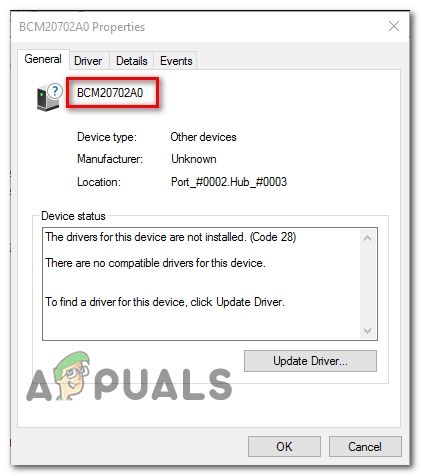
The most common cause is the absence of the Broadcom driver package; other causes include corrupted WIDCOMM stack installations or a mismatch in USB VID/PID values. Now that you know the causes, let’s discuss the solutions.
1. Run the Bluetooth troubleshooter
If you’re having this issue on Windows 10, your first step should be to see if Windows can fix it automatically using the built-in Bluetooth troubleshooter. Sometimes, this utility can resolve problems with your Bluetooth drivers or settings.
Several users have reported that running the Bluetooth troubleshooter and applying its recommended fix has solved their issue.
- Press Windows key + R to open the Run dialog box. Type ms-settings:troubleshoot and press Enter to open the Troubleshooting section of the Settings app.
- In the Troubleshooting tab, scroll down to Find and fix other problems. Click on Bluetooth, then select Run the troubleshooter from the menu that appears.
- Let the scan finish, then click Apply this fix if Windows suggests one.
- After the fix is applied, restart your computer and check if your Bluetooth device is working properly.
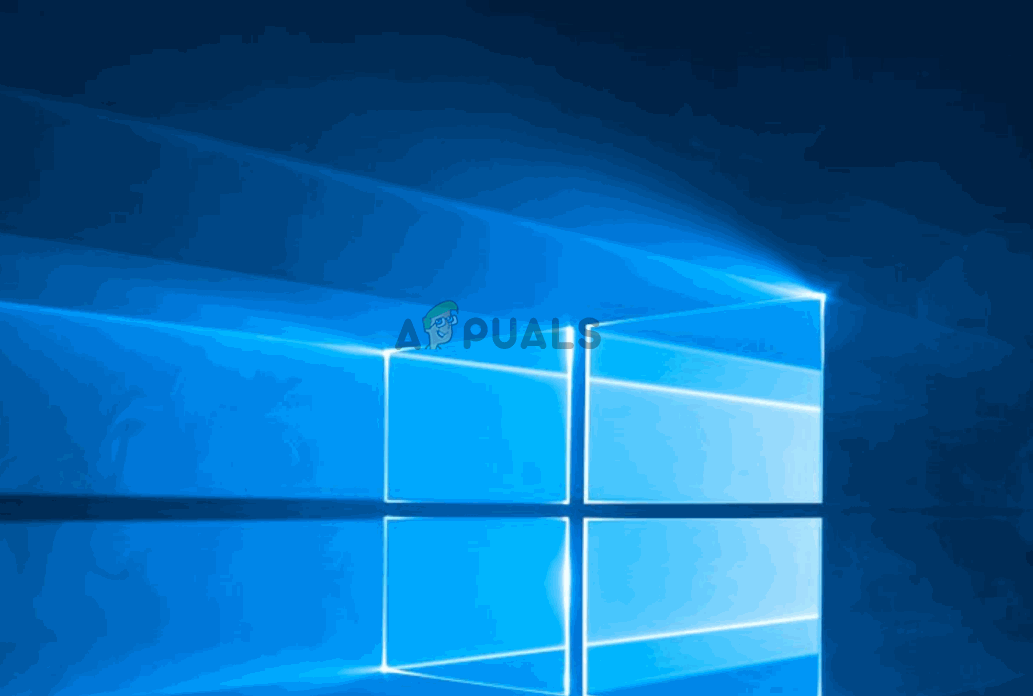
2. Install the Broadcom Bluetooth driver (Windows 10 Only)
If you have the BCM20702A0 driver error on an HP laptop or ultrabook, it’s probably because the necessary Bluetooth driver is either missing or needs to be updated. HP laptops in particular are known for having compatibility issues with certain Bluetooth drivers.
This issue is also common if your computer doesn’t have built-in Bluetooth and instead uses a Bluetooth adapter, such as the Insignia 4.0 or a similar device.
If this sounds like your situation, you can likely solve the problem by installing the Broadcom Bluetooth driver package.
- Click this link (here) in your browser and wait for the download to finish.
- When the file has finished downloading, right-click the driver installer and select Run as administrator. At the User Account Control (UAC) prompt, click Yes to allow the installation.
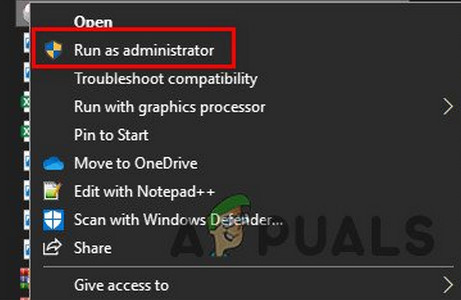
Running the installer as Administrator - On the Broadcom Bluetooth Driver screen, follow the instructions to install the Bluetooth driver completely.
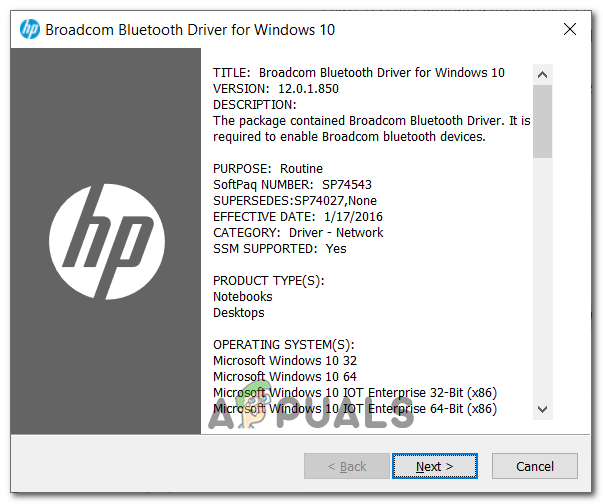
Installing the Broadcom Bluetooth driver package - When the installation is complete, restart your computer. Check if the problem is fixed once Windows starts up again.
3. Uninstall Every Bluetooth and USB Controller
If the troubleshooter didn’t work and you’ve confirmed it’s not a permission issue, you might be dealing with a corrupted Bluetooth driver or a problem with your USB controller (especially if you’re using a Bluetooth dongle).
- Press Windows key + R to open the Run dialog. Type devmgmt.msc and press Enter to open Device Manager.
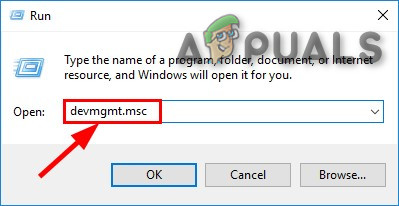
Run devmgmt.msc Note: If you see a User Account Control (UAC) prompt, click Yes to continue.
- In Device Manager, expand the Bluetooth menu. Right-click each entry under Bluetooth, and select Uninstall for every driver you see.
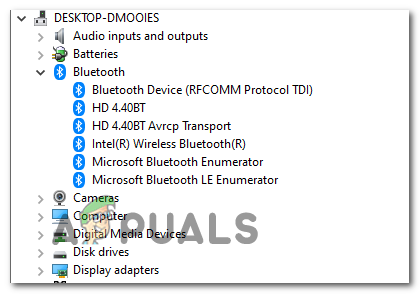
Uninstalling every Bluetooth driver - If you’re using a Bluetooth dongle, you’ll also need to uninstall every USB controller under Universal Serial Bus controllers.
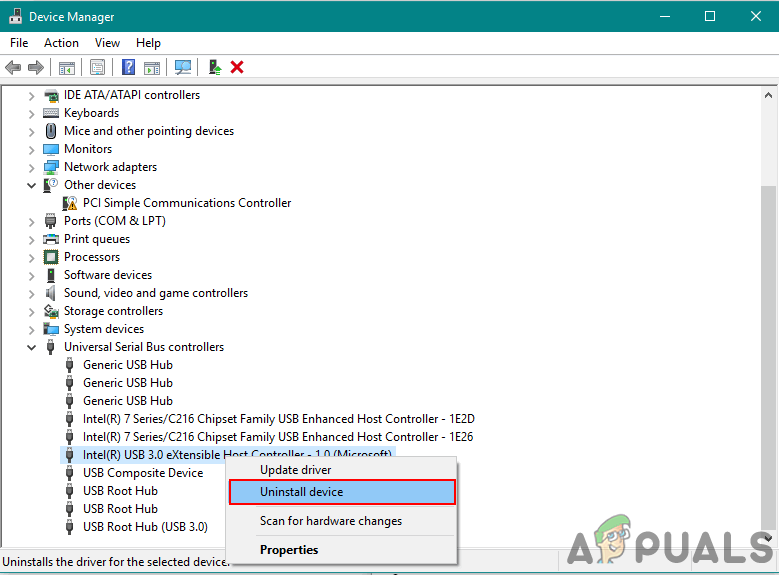
Uninstalling drivers for USB controllers Note: If your computer comes with built-in Bluetooth, you can skip this step.
- Restart your computer. Windows will reinstall the missing drivers automatically.
- Test your Bluetooth device again to see if the problem is gone.
4. Perform a Repair install/Clean install
If none of the solutions above have worked, it’s likely there’s a deeper problem with your operating system that’s affecting Bluetooth. If this is the case, you may need to refresh your Windows installation.
To do this, you can either perform a repair install (in-place repair) or a clean install.
A repair install takes a bit more time and requires you to use a Windows installation disk or USB. The benefit is that your personal files, installed programs, games, and most settings will be kept.
A clean install doesn’t require installation media, but you’ll lose all your personal files and programs unless you back up your important data first.




